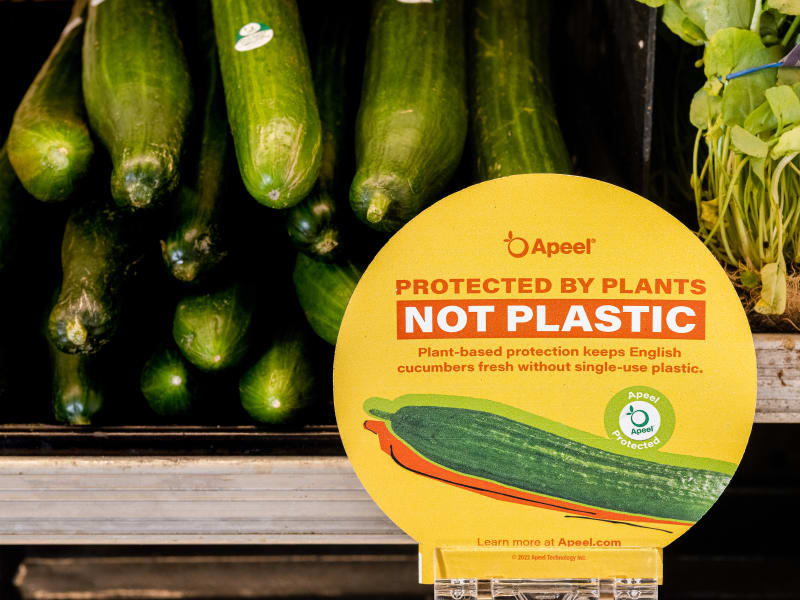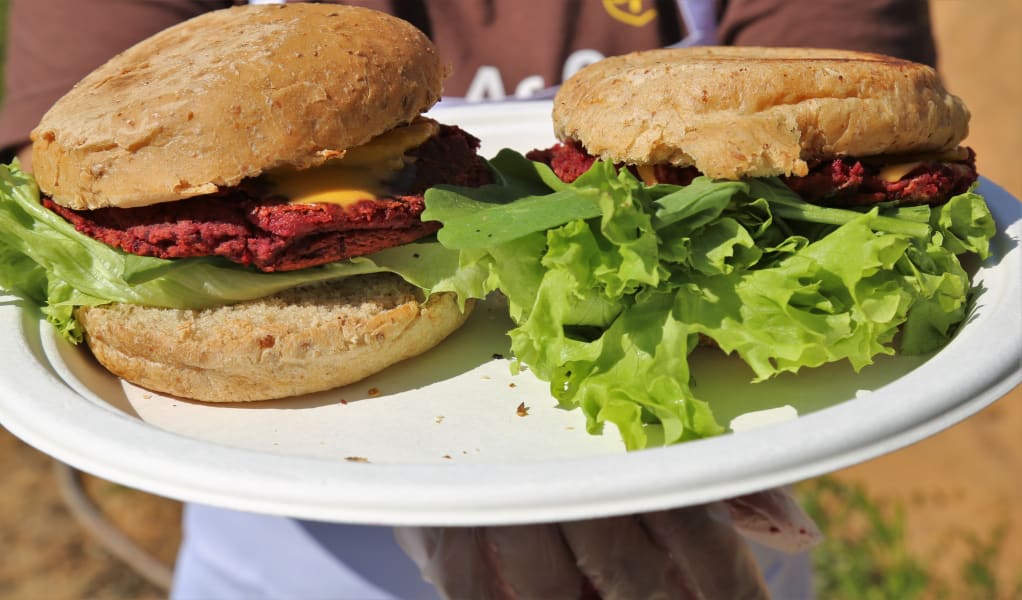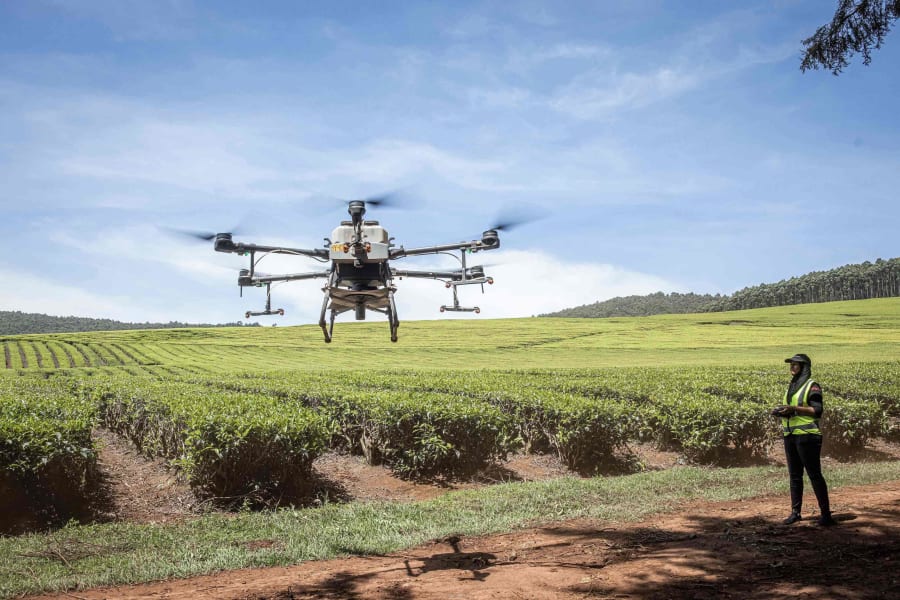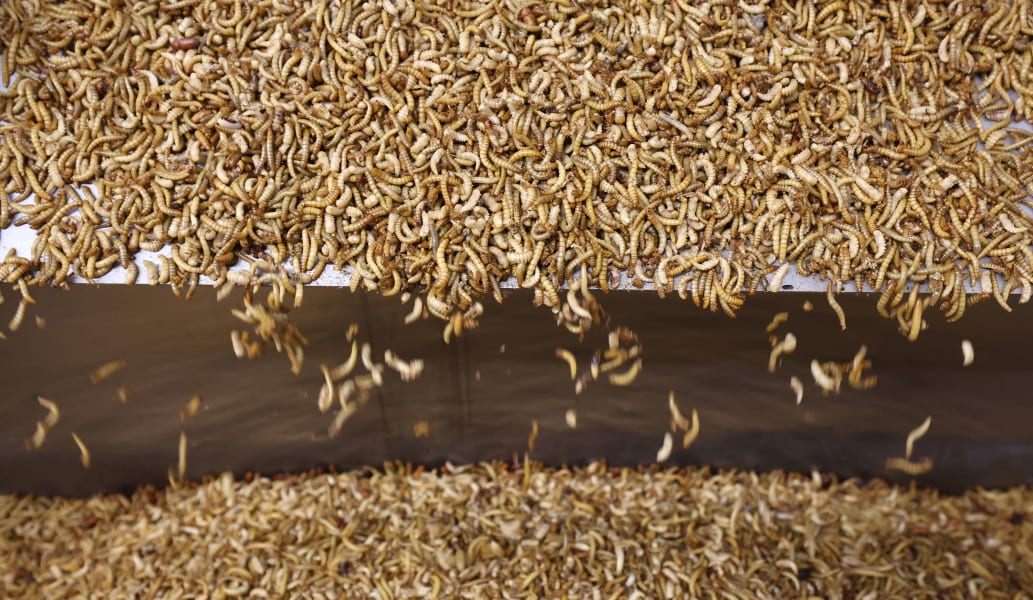Share
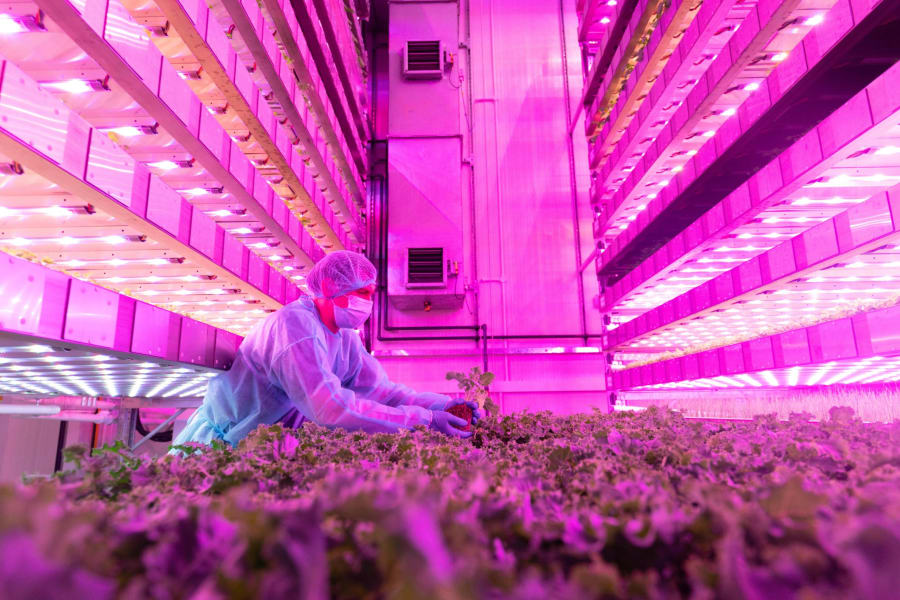

1 of 14
Dubai is already home to the world's biggest vertical farm — and it's set to beat its own record with GigaFarm, a 900,000 square foot facility that could replace up to 1% of food imports. Using growth towers supplied by Intelligent Growth Solutions (pictured), it will grow up to 3 million kilograms of fresh produce annually. Scroll through the gallery to see more innovations to help feed the world. Intelligent Growth Solutions (IGS)
Amid a worsening climate crisis, technology has a vital role to play in ensuring we can produce enough food for a rapidly growing population. Pictured, a Kenya Airways unmanned aerial vehicle (UAV) spreads fertilizer at a farm in Musereita, Kenya. Patrick Meinhardt/AFP/Getty Images
Located off the coast of Noli, Italy, Nemo's Garden is the world's first underwater cultivation system for terrestrial plants. It consists of an array of floating dome-shaped greenhouses, which are anchored to the sea floor. Courtesy OceanReefGroup
Weeding robots could reduce the need for farm workers, and allow precision protection of crops. Pictured, a weeding robot at an agricultural research farm in eastern France. Jean-Christophe Verhaegen/AFP/Getty Images
Autonomous tractors are being-touted as a labor-saving innovation. The John Deere 8R fully autonomous tractor is pictured ahead of the Consumer Electronics Show (CES) in Las Vegas, 2022. It features GPS and 360-degree cameras that allow it to be controlled from a smartphone. Patrick T. Fallon/AFP/Getty Images
Robotics has huge potential when it comes to food production. At the Swiss Federal Institute of Technology Lausanne, Josie Hughes (pictured) is developing a raspberry-picking robot powered by artificial intelligence. CNN
This robot is used to plant seeds and check on plants at the Nordic Harvest vertical farm near Copenhagen, Denmark. Thibault Savary/AFP/Getty Images
The food system is responsible for about a quarter of global greenhouse gas emissions, most of which are from animal agriculture. By reducing the need for livestock, lab-grown meant could help slow climate change. These nuggets were made from chicken cells cultured in a laboratory. Nicholas Yeo/AFP/Getty Images
California-based startup Wildtype is creating sushi-grade salmon in the lab, by cultivating cells extracted from salmon eggs. Wildtype
Microalgae have health benefits, but they aren't to everybody's taste. To make microalgae appeal to the masses, German designer Malu Lücking developed a process for growing concentrated microalgae solution on edible agar jelly. The microalgae can be scraped off and eaten alone, or consumed with the jelly to function like a stock cube. Paul Cochrane
Insects are increasingly being cultivated as a source of protein. German company Inova Protein farms mealworms, which are processed into animal feed and for human consumption. Bernd Wüstneck/picture alliance/Getty Images
Apeel's plant-based food coating can extend the shelf-life of fresh produce. Nick Presniakov/Apeel
In many parts of the world, farmers must contend with intense heat, limited freshwater and sandy soil. In Dubai, the International Center for Biosaline Agriculture (ICBA) is growing salt-loving superfoods in an effort to expand food diversity in the region. CNN
ICBA has had success with Salicornia, a plant that thrives with saline water. It has potential as a fuel and as a food source, like this Salicornia burger. Showkat Rather/ICBA
